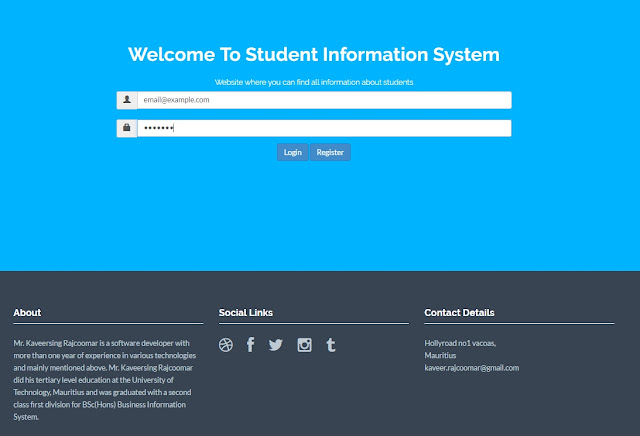Classes and Objects in TypeScript
Classes and Objects in TypeScript
Awesome! Let's now cover Classes and Objects in TypeScript, which are at the core of building services, components, and models in Angular.
🔹 1. What is a Class?
A class is a blueprint for creating objects. It encapsulates data (properties) and behavior (methods).
✅ Basic Syntax
class Person {
name: string;
age: number;
constructor(name: string, age: number) {
this.name = name;
this.age = age;
}
greet(): void {
console.log(`Hello, my name is ${this.name}`);
}
}
🔹 2. Creating an Object
You can create objects (instances) from a class using the new keyword.
const person1 = new Person("Alice", 30);
person1.greet(); // Output: Hello, my name is Alice
🔹 3. Access Modifiers
| Modifier | Description |
|---|---|
public |
Accessible anywhere (default) |
private |
Accessible only within the class |
protected |
Accessible in the class & subclasses |
class Employee {
private salary: number;
constructor(private name: string, salary: number) {
this.salary = salary;
}
getSalary(): number {
return this.salary;
}
}
🔹 4. Inheritance
Classes can extend other classes using extends.
class Manager extends Employee {
department: string;
constructor(name: string, salary: number, department: string) {
super(name, salary);
this.department = department;
}
display(): void {
console.log(`${this.name} manages ${this.department}`);
}
}
🔹 5. Getter & Setter
Encapsulation using get and set methods:
class Product {
private _price: number;
constructor(price: number) {
this._price = price;
}
get price(): number {
return this._price;
}
set price(value: number) {
if (value > 0) {
this._price = value;
}
}
}
🔹 6. Interfaces with Classes
A class can implement one or more interfaces.
interface Logger {
log(message: string): void;
}
class ConsoleLogger implements Logger {
log(message: string): void {
console.log("Log:", message);
}
}
🧠 Summary
- Use classes to encapsulate logic and data.
- Create objects using
new. - Apply access modifiers to control visibility.
- Extend classes using inheritance.
- Use getters and setters for controlled access.
- Implement interfaces for structured behavior.



Comments
Post a Comment